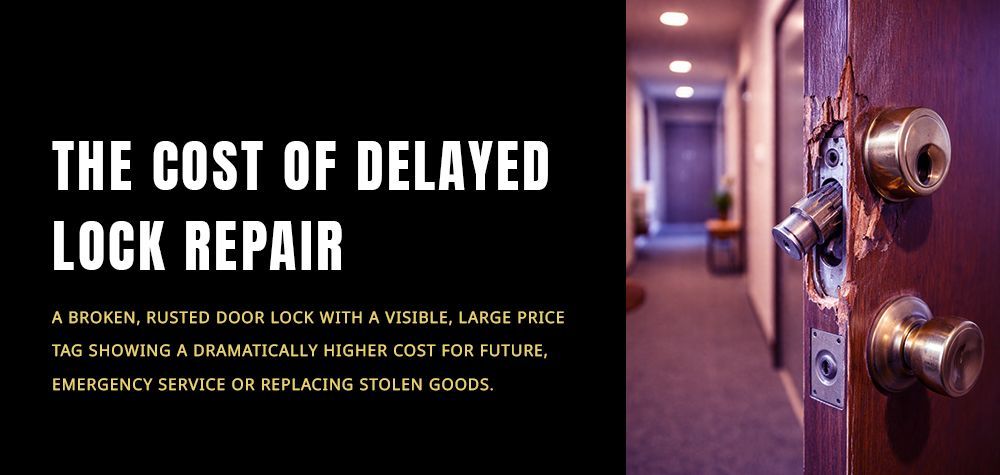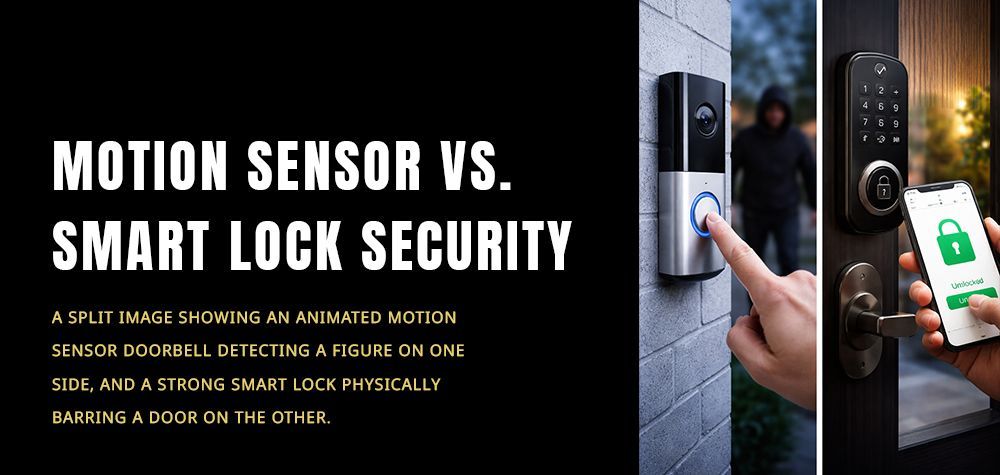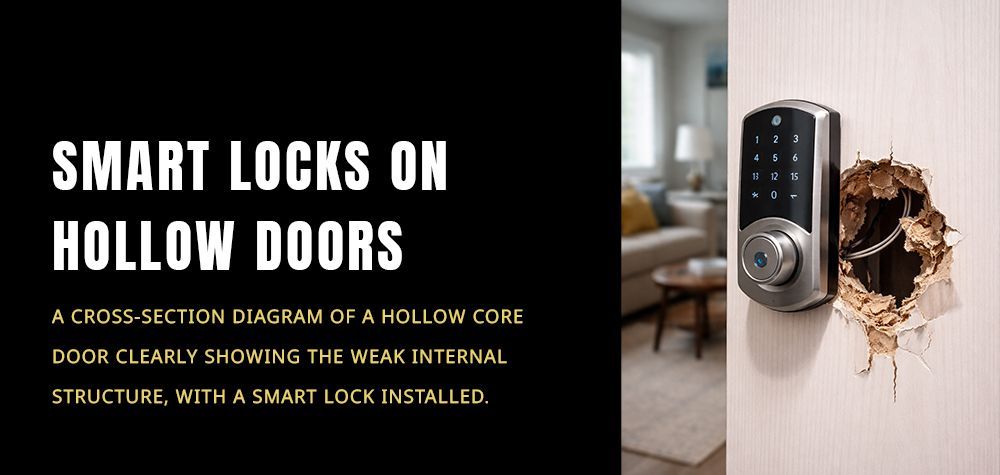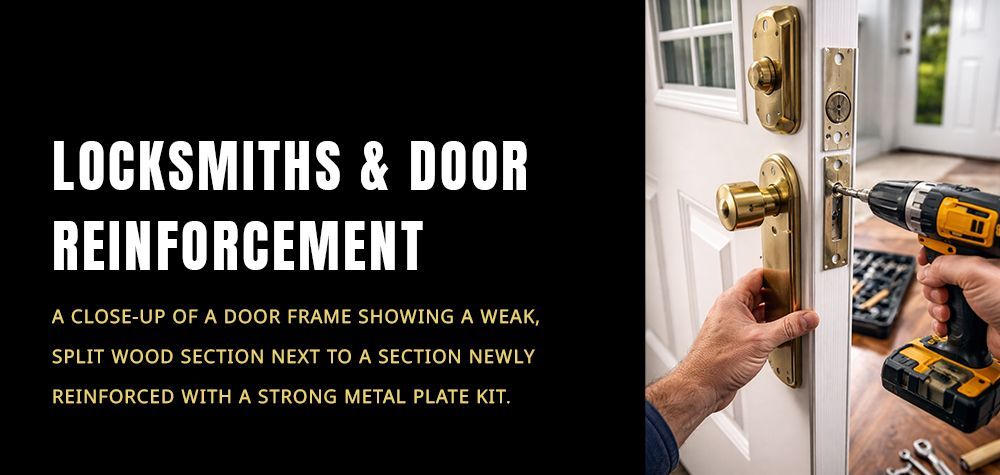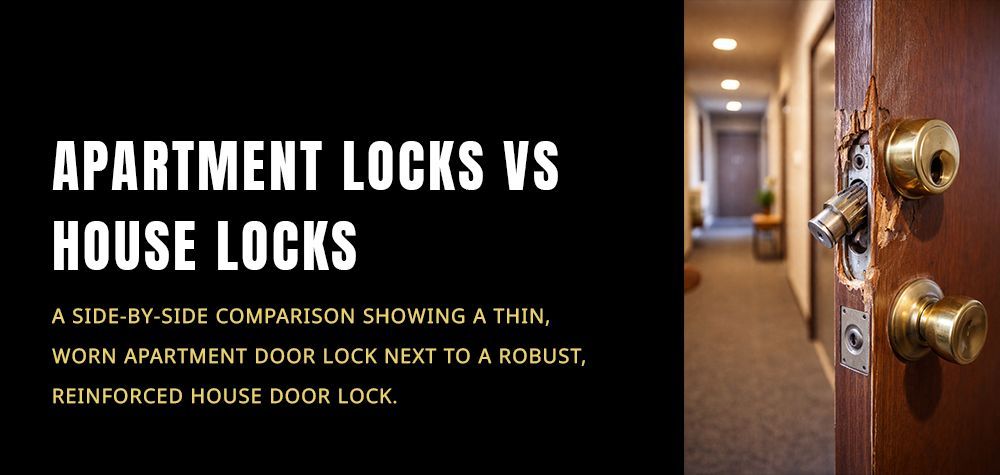File Cabinet Lock Replacement: A Comprehensive Guide to Securing Your Documents
Keeping your confidential documents secure is a top priority, and your file cabinet is the first line of defense. Whether you’re dealing with broken locks, lost keys, or simply looking to upgrade your security, replacing a file cabinet lock is an essential task. But don’t worry—it’s easier than you might think. In this guide, we’ll walk you through everything you need to know about file cabinet lock replacement. From understanding the different types of locks to step-by-step installation instructions, we’ve got you covered. Ready to boost your security and keep your documents safe? Let’s dive in!
Read more about Best fingerprint locks 2024!
Reasons for Lock Replacement
Broken or Malfunctioning Locks: Ensure your file cabinet can be securely locked and unlocked without issues.
Upgrade Security: Enhance protection for sensitive documents with more advanced locking mechanisms.
Lost or Stolen Keys: Prevent unauthorized access by replacing the lock when keys go missing.
Outdated Lock Technology: Update to modern locks for better security features and ease of use.
Employee Turnover: Change locks to maintain security when employees with key access leave the company.
Peace of Mind: Replace locks to ensure the highest level of security and confidence in your file cabinet’s protection.
Types of File Cabinet Locks:
Keyed Locks
Keyed locks are the traditional and most common type of file cabinet lock, utilizing a simple lock-and-key mechanism. These locks are reliable and straightforward, making them a popular choice for basic security needs. They come in various styles, including cam locks, tubular locks, and pin tumbler locks, each offering different levels of security. While keyed locks are generally affordable and easy to install, they do require careful key management to prevent unauthorized access. Losing a key can pose a security risk, so it's essential to keep spare keys in a secure location and consider rekeying if necessary.
Digital Combination Locks
Digital combination locks offer a higher level of security and convenience by replacing traditional keys with an electronic keypad. Users can set and change their access codes easily, eliminating the need to carry keys or worry about losing them. These locks often feature additional security measures such as automatic locking, tamper alerts, and backup power options to ensure continuous operation. Digital combination locks are ideal for environments where multiple users need access, as codes can be shared and updated without the hassle of distributing keys. However, they typically require batteries or an external power source, so regular maintenance is necessary to keep them functioning correctly.
Biometric Locks
Biometric locks represent the cutting edge of security technology, utilizing fingerprint recognition to grant access. These locks provide an unparalleled level of security, as they rely on unique biological traits that are difficult to replicate or steal. Biometric locks are highly convenient, offering quick and easy access without the need for keys or codes. They are particularly suitable for high-security environments where safeguarding sensitive documents is critical. While biometric locks are more expensive than other types, their advanced features and robust security justify the investment. Regular maintenance and periodic updates are required to ensure their reliability and accuracy.
Read here about Fail-safe vs fail-secure!

Choosing the Right Replacement Lock
Selecting the right replacement lock for your file cabinet is crucial for ensuring the security and accessibility of your documents. Here are some factors to consider:
Security Features: Determine the level of security you need. For basic security, a keyed lock might suffice, but for more sensitive documents, consider digital combination locks or biometric locks that offer advanced security features like tamper alerts and access logs.
Compatibility: Ensure the replacement lock is compatible with your file cabinet. Measure the lock dimensions and check the type of lock mechanism (cam, tubular, etc.) to ensure a proper fit. Most lock manufacturers provide detailed specifications to help you choose the right product.
Budget: Balancing security needs with budget constraints is essential. Keyed locks are generally the most affordable, while digital combination and biometric locks come at a higher cost due to their advanced features. Consider your security requirements and budget to make an informed decision.
Installation Ease: Depending on your DIY skills, choose a lock that you can install with minimal hassle. Keyed locks are usually straightforward to replace, while digital and biometric locks might require more technical expertise. Alternatively, professional installation services are available if needed.
User Access: Consider how many people need access to the cabinet. Digital combination and biometric locks are ideal for multiple users, as you can easily change access codes or enroll new fingerprints without the need for key duplication.
Brand Reputation: Choose locks from reputable brands known for their reliability and security standards. Reading reviews and seeking recommendations can help ensure you invest in a quality product that meets your security needs.
Maintenance Tips for File Cabinet Locks
Regular maintenance of your file cabinet locks ensures they remain functional and secure over time. Here are some essential maintenance tips:
Regular Inspection: Periodically check your locks for signs of wear and tear, rust, or damage. Early detection of issues can prevent lock failures and security breaches. Inspect both the lock mechanism and the key for any abnormalities.
Lubrication: Keep your locks functioning smoothly by applying a suitable lubricant, such as graphite powder or a silicone-based lubricant, to the keyway and moving parts. Avoid using oil-based lubricants as they can attract dust and grime, leading to blockages.
Key Management: Store spare keys in a secure location and label them appropriately. Avoid duplicating keys unnecessarily and limit access to authorized personnel only. If keys are lost or stolen, rekey the lock immediately to prevent unauthorized access.
Digital and Biometric Lock Maintenance: For electronic locks, regularly check and replace batteries to ensure they remain operational. Follow the manufacturer’s instructions for battery replacement and maintenance. Keep the keypad or fingerprint scanner clean and free from dust and debris for accurate operation.
Environmental Considerations: Protect your locks from extreme temperatures, moisture, and other environmental factors that can cause rust or corrosion. Use weatherproof covers if your file cabinet is in a potentially harsh environment.
Professional Servicing: Schedule regular servicing with a professional locksmith to ensure your locks are in optimal condition. Professional maintenance can identify and resolve issues that might not be visible to the untrained eye, ensuring long-term security and functionality.
Conclusion
Securing your confidential documents starts with choosing the right lock for your file cabinet and maintaining it properly. Whether you opt for a traditional keyed lock, a modern digital combination lock, or an advanced biometric lock, each type offers unique benefits tailored to different security needs and budgets. Remember to assess your specific requirements, such as the level of security, compatibility, and ease of installation, to make an informed decision.
Regular maintenance is equally important to ensure your locks remain functional and secure over time. Simple practices like regular inspections, proper lubrication, and diligent key management can significantly extend the life of your locks and enhance their reliability. For digital and biometric locks, keeping the devices clean and batteries fresh is crucial for seamless operation.
Call Us Any Time!



